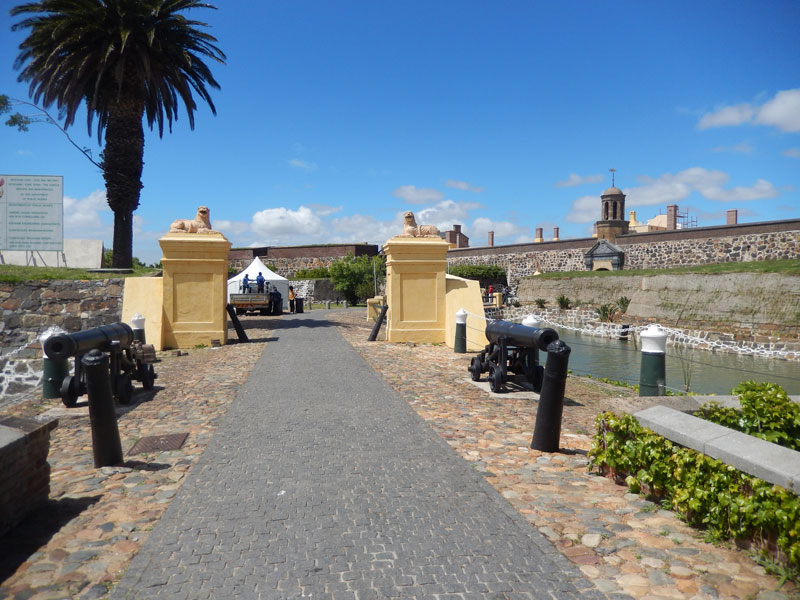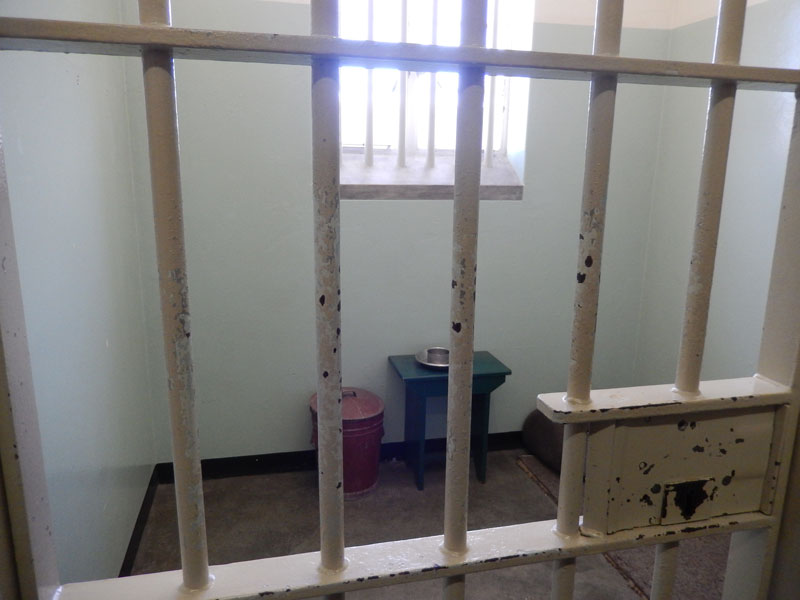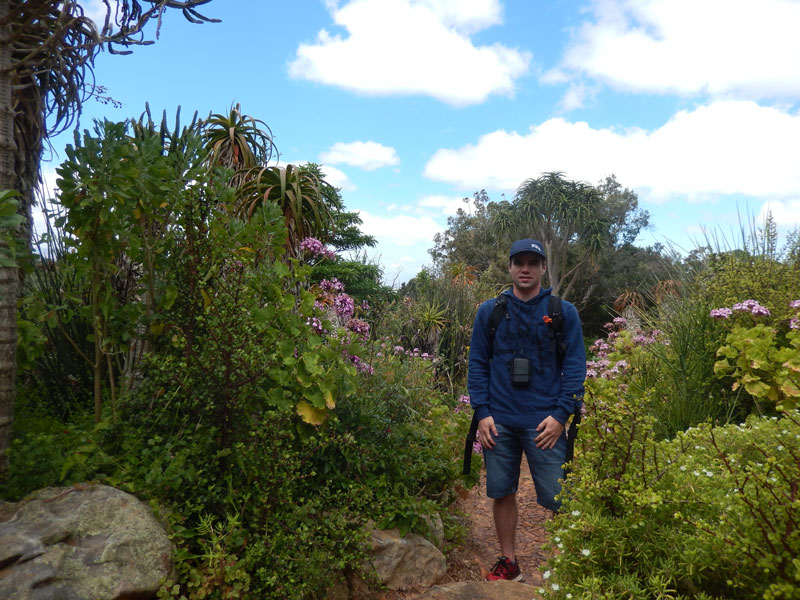Over the course of several weekends I have checked off items from the Cape Town must-see list. Some of the notable places my travels have brought me to are the Castle of Good Hope, Robben Island, and the Kirstenbosch National Botanical Garden.
Castle of Good Hope
The Castle of Good Hope was built between 1666 and 1679 and it is the oldest existing building in South Africa. When I visited the Castle was due some renovations and several of its structures were surrounded by scaffolding. The Castle was built by the Dutch East India Company to provide a refreshment point for their ships sailing eastward. As the tensions with the British were mounting in that period the decision was made to build a fort that would provide a defensible stronghold in the Cape, yet the Castle never saw any actual battle. And although the Castle is open to the public it still has an official function as there remains a military presence in and next to the Castle.
I joined a one-hour tour that led me through the various buildings within the Castle rampart. The tour guide told us about the history of Cape Town under Jan Van Riebeeck, the Dutch trader that first colonized Cape Town, and how his successors built the Castle. We were led through the various wings of the Castle, each with their specific uses. We passed by the governor’s rooms, the prison (with vulgar inscriptions and gallows humor carved into the wood of the doorposts by the prisoners), the torture room, and several other structures that served multiple uses over the centuries.

Entranceway to the Castle.
Robben Island
Another must-see is of course Robben Island. The trip to Robben Island takes just under an hour by boat, and because of rough weather I had to rebook my boat trip thrice because the previous trips got cancelled. When I finally managed to go on the boat trip I would have done better to bring a warm sweater and my jacket as the strong wind had me shivering the entire trip.
Of course Robben Island is most famously known as the place where Nelson Mandela spent a large part of his prison sentence under the Apartheid regime. However, starting at the end of the 17th century Robben Island was already being used to keep undesirable people out of sight. Among others, several Xhosa chiefs were imprisoned on the island, and in the 19th century it was used as a leper colony. Nowadays Robben Island stands as a symbol of how freedom and democracy triumphed over oppression and racism, and it welcomes thousands of visitors every year.
The first thing one notices upon docking at Robben Island is the strong bird smell, with hundreds of seabirds nesting on the harbor embankments. From the harbor the tour started with a bus ride around the island. We passed by the old leper’s graveyard, the house where Robert Sobukwe was kept under solitary confinement, and the quarries where the prisoners were forced to labor.
But of course the highlight of the tour was the prison itself. Our guide here was a former inmate who spent some time as a political prisoner on Robben Island during Apartheid. It was confrontational to have him recount the hardships he and his fellow inmates had to endure, ranging from a total lack of privacy or sanitary conditions to starvation to forced labor, and all of us visitors were speechless as the guide told us about these horrible personal experiences. After those grim tales it was revitalizing to step outside of the prison into the brilliant sunshine to regain some sense of optimism.

Obligatory picture of Nelson Mandela's cell.
Kirstenbosch National Botanical Garden
Finally, the Kirstenbosch National Botanical Garden is another highlight of any visit to Cape Town, and it is rated as the top thing to do, barring only visiting Table Mountain. With a large emphasis on indigenous plants, the Garden showcases the amazing variety of the Cape floral kingdom.
I started the morning with a visit to the Neighbourgoods Market at the Old Biscuit Mill, a weekly market where local vendors sell artisanal food. I was enamoured by the pleasant atmosphere of the market and the mouth-watering fragrances of all the delicious foodstuffs that were for sale. After I had strolled around the market for a while and just generally enjoyed the bustling activity, I bought some picnic to eat for lunch. Thus armed I spent the rest of the day at Kirstenbosch where I enjoyed the splendor of various colorful flowers, wandered around, lay in the grass and enjoyed the sunshine, and read a good book. A perfect lazy Saturday in a beautiful setting.
